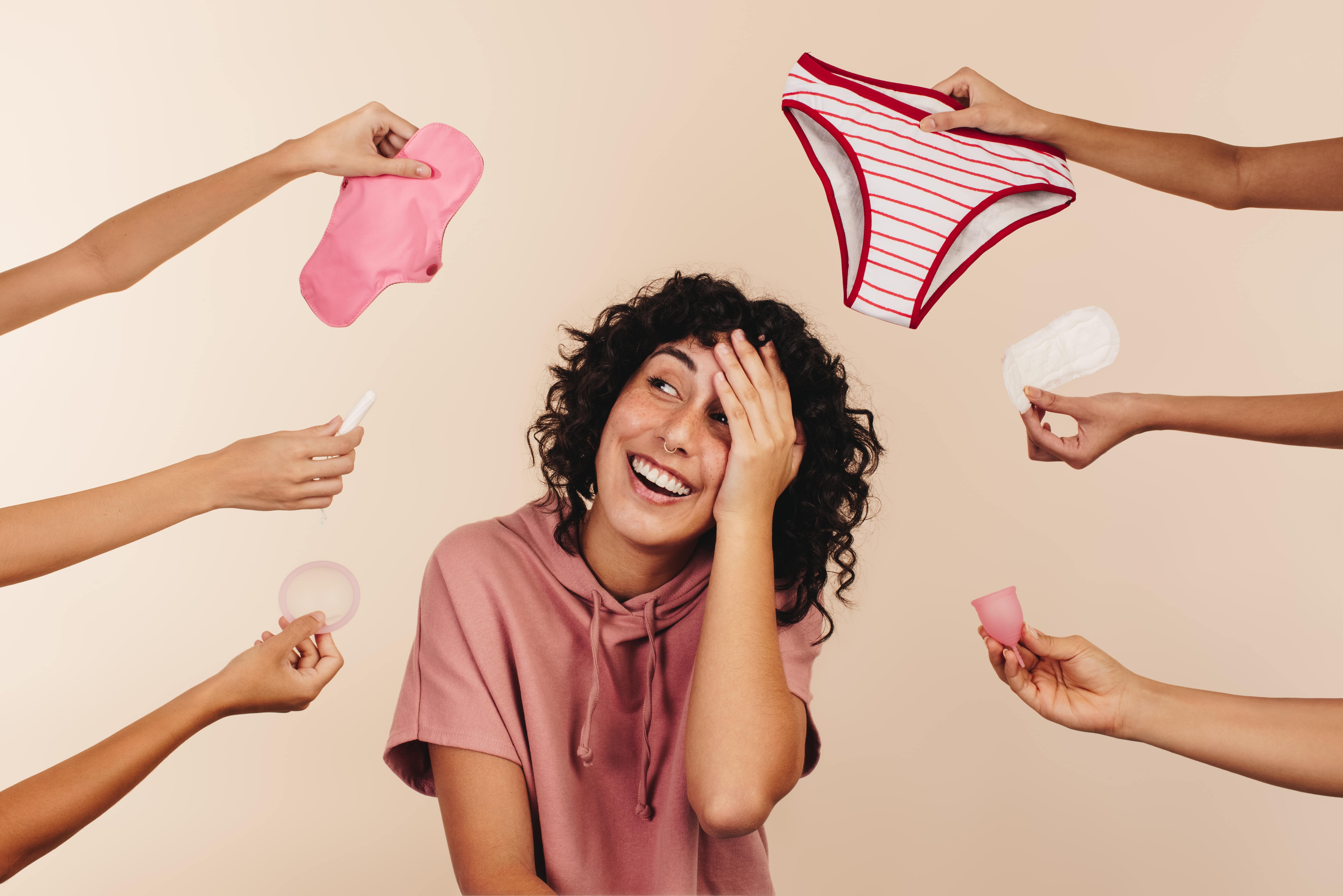The sudden gush of blood trickling down your leg and leaving a noticeable stain on your pants – that’s period leakage. We’ve all experienced it at some point in our lives. No one looks forward to that horrifying moment when it feels like the entire world is staring at that stain on your pants, like they know your deepest darkest secret and you’re left with no exit strategy.
While this extremely unpleasant period leakage is unpredictable, it is avoidable. More often than not, period leakage is the embarrassing result of either failed planning or unfit sanitary products. That is why finding the right products for your body is the first step to preventing period leakage.
What causes period leakage?
- Incorrectly using a sanitary pad could lead to period blood escaping the sanitary pad.
- An already full pad. A sanitary pad should be changed after every 3 or 4 hours. If it isn’t replaced with a new one routinely, the likelihood of leakage increases.
- Use a pad that isn’t long enough or wide enough to support your period flow.
- Using a pad that doesn’t stay in its place. A sanitary pad that wiggles or loses its adhesive quality will not only provide discomfort but will also lead to unwanted leakage.
How to find the right sanitary pad?
- If you’ve got an active lifestyle, like most women of today do, opt for a pad that stays in position so that you’re not worried about leakage when you’re out and about conquering the day. SOFY Bodyfit stays in position and its wings keep the leakage locked within the pad.
- Find an ultra-thin pad that also provides ultra-absorption and coverage. That way, you get ultimate comfort and protection in one pad. The best of both worlds. They contain a deep absorbent sheet for maximum protection.
- A common misconception among women is that they’d need similar sanitary pads for day and night. However, the truth is, our body’s movement during the day as compared to night-time differs, and so does our period flow. Thus, pads used during the day are usually shorter (in terms of their length). These pads measure somewhere between 17-25 cm. Night pads, on the other hand, are bigger and wider. These pads can be as long as 35 cm.
There are several affordable options available in the market like SOFY that protect from leakage and bacteria, while also being extremely easy and comfortable to wear.
FAQ’s
2. How can I choose the right sanitary pad to prevent leakage?
Select a pad that fits your flow and activity level. For active lifestyles, opt for pads with wings that stay in place, like SOFY Bodyfit. Ultra-thin pads with deep absorbent sheets offer comfort and maximum protection. Remember, day and night pads differ in length and design to accommodate varying flow and movement patterns.
3. Why is it important to change pads regularly during the day?
Changing pads every 3–4 hours prevents them from becoming saturated, which can lead to leaks and discomfort. Regular changes also reduce the risk of bacterial growth and maintain hygiene.
4. What features should I look for in a pad to prevent leakage?
Look for pads with wings to secure them in place, deep absorbent sheets for maximum fluid retention, and a length suitable for your flow. Pads designed for specific times of day, like night pads, offer extended coverage to prevent leaks during sleep.
5. How can I prevent leakage during nighttime?
Use overnight pads that are longer and wider to provide full coverage. Changing to a fresh pad before bed ensures maximum absorption. Opt for pads with deep absorbent sheets and wider hip guards to prevent back leakage.
6. Are ultra-thin pads effective in preventing leakage?
Yes, ultra-thin pads can be effective if they offer high absorbency and proper coverage. Pads like SOFY Antibacteria Ultra Thin provide comfort without compromising on protection, thanks to their deep absorbent sheets and antibacterial properties.
7. Can using a pad with wings help prevent leakage?
Pads with wings help secure the pad in place, reducing the risk of shifting and side leaks. They provide better coverage and ensure the pad stays positioned correctly throughout the day.
8. How does understanding my flow help in preventing leakage?
Tracking your menstrual cycle helps you anticipate your flow's intensity and plan accordingly. Choosing the right pad size and absorbency based on your flow pattern ensures better protection and reduces the likelihood of leaks.
9. What should I do if I experience frequent leakage?
If leakage occurs often, consider using a combination of a pad and a pantyliner for extra protection. Choosing pads with deeper absorption channels and leak-lock features can help manage heavy flow more effectively.
10. How can I maintain hygiene to prevent leakage?
Maintain hygiene by changing pads regularly, choosing products with antibacterial properties, and ensuring proper disposal. This helps prevent infections and ensures comfort, reducing the risk of leakage.

